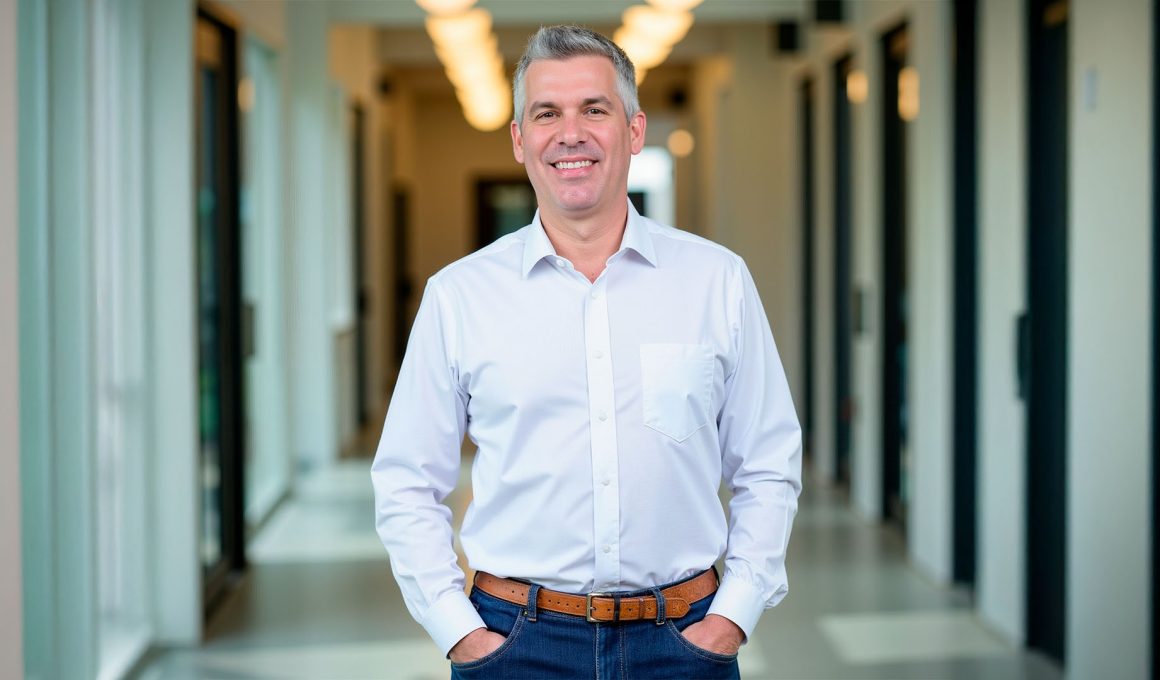The job search today can feel like an endless cycle of rejection, applications sent into the void, with few responses and even fewer interviews. Yet for Arno Markus, CEO and Founder of iCareerSolutions, the problem isn’t the lack of opportunities; it’s a lack of precision. Through his Reverse Recruitment Method™, Markus and his team have achieved a remarkable 97 % interview success rate by transforming how candidates approach the job market. Recent data from LinkedIn’s Global Talent Trends report reinforce Markus’s point: global hiring remains steady, with professional mobility up nearly 9% year‑over‑year, showing that opportunities still exist, but competition for top roles is sharper, rewarding those with focused personal branding.
The Evolution of Reverse Recruiting
Markus began his career as a recruiter working for international IT firms, but after repeatedly meeting outstanding candidates who were being overlooked despite their talent, he realized he could make a greater impact by representing them directly. One particular experience—helping a mid‑level manager secure a dream role after traditional recruiters had passed them by—sparked his transition into reverse recruiting and solidified his belief that strong advocacy and strategy could change careers. “Every once in a while, you’d meet a candidate so exceptional that you’d market them directly to employers,” he shares. “That concept eventually evolved into what we now call reverse recruiting, where we work for the candidate, not the company.”
This reflects a fundamental shift in the recruitment landscape. Over the last 15 years, LinkedIn has transformed hiring by forcing professionals to specialize. Before LinkedIn, a candidate could maintain several resumes tailored for different roles. Today, hiring managers cross-reference profiles instantly. “LinkedIn changed everything,” Markus says. “You can’t go for multiple titles effectively anymore because everyone can see exactly how you’re positioning yourself.” At the same time, organizations have moved away from traditional job postings. “Companies don’t advertise as much as they used to. They headhunt on LinkedIn. That means if you’re not optimized for a specific title, they won’t find you.”
Why Broad Searches Fail
When job seekers struggle, they often make the common mistake: casting their net too wide. “Keeping your title open—like ‘Senior IT Executive’—makes you more flexible. But it actually makes you invisible.” Recruiters and AI-driven systems look for precision. “If I’m hiring for a VP of IT, I only want to see people branded as a VP of IT,” Markus says. “When someone keeps their title broad, it dilutes their brand and their resume won’t be keyword-optimized. The ATS system will filter them out.” This misunderstanding, he says, is at the core of why so many candidates send out dozens of applications and rarely hear back. “The hiring systems are built to identify specialists. You have to look like the exact person they’re trying to hire.”
The Golden Rule: One Title at a Time
The foundation of Markus’s success is in focusing on one title at a time. “That’s the new golden rule,” he says. “You can have multiple resumes for different positions, but you can only have one LinkedIn profile. That means your profile should be optimized for one specific title, and your primary resume should match that.” Candidates often resist this idea because they fear being “pigeonholed.” Markus takes a different view. “As a recruiter, that’s exactly what I want to do with you,” he says. “I want to put you in a box, because that’s the only way to be found.”
Five Ways to Trigger Interviews
Once a candidate’s brand is properly focused, Markus identifies five proven strategies to drive interview opportunities. “We call them triggers,” he says. “Each one plays a role in generating momentum.”
- Build your network organically. “Connect with people who have the same title you’re targeting,” he says. “Join associations and engage with peers. That’s still the best way to uncover opportunities.”
- Optimize LinkedIn for discoverability. “Don’t treat LinkedIn like a job board,” Markus says. “It’s a search engine. Recruiters will find you if you’re keyword-optimized.”
- Reach out to recruiters directly. “Recruiters are public. You can send your resume to thousands of them,” he says.
- Use job boards strategically. While their influence is waning, Markus says they can still yield results when aligned with a focused strategy.
- Target specific companies. “If you want to work for Amazon or Google, find out who the decision makers are and reach out to them,” he says.
He recommends spending 30–40% of one’s effort networking, 20% on LinkedIn optimization, 10% with recruiters, and the rest divided between job boards and company targeting. “You can adjust those percentages based on what’s working, but you need to do all five,” Markus says.
Navigating AI and Extended Timelines
Artificial intelligence has introduced new challenges into the hiring process. “AI-written resumes just aren’t there yet. And many companies now use AI detection software that can reject resumes they suspect were generated by AI.” Automated job search tools, he adds, also tend to produce “really poor results.” Candidates must also prepare for longer hiring timelines. “Companies are still hiring, but they’re cautious. We’re seeing four weeks for a first interview, another month for the second, and six weeks for the third. It’s not that there are fewer opportunities, it’s that employers are being thorough.” In this evolving market, precision and patience are key. Markus’s Reverse Recruitment Method™ doesn’t just help candidates land interviews faster, it equips them with the strategy to stand out in an increasingly data-driven system. “If you’re focused, optimized, and visible to the right people, you’ll get the interviews,” he says. “That’s how you win in this market.”
To learn more about Arno Markus and his Reverse Recruitment Method™, connect with him on LinkedIn or visit his website.








